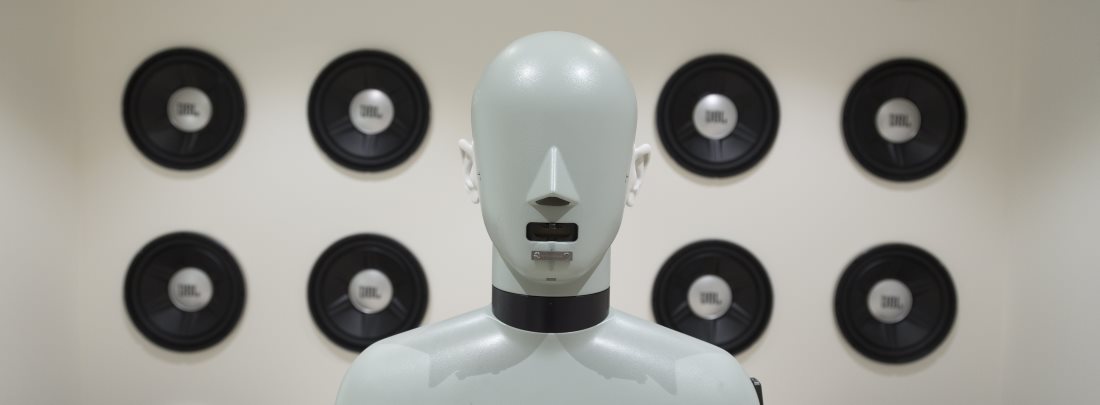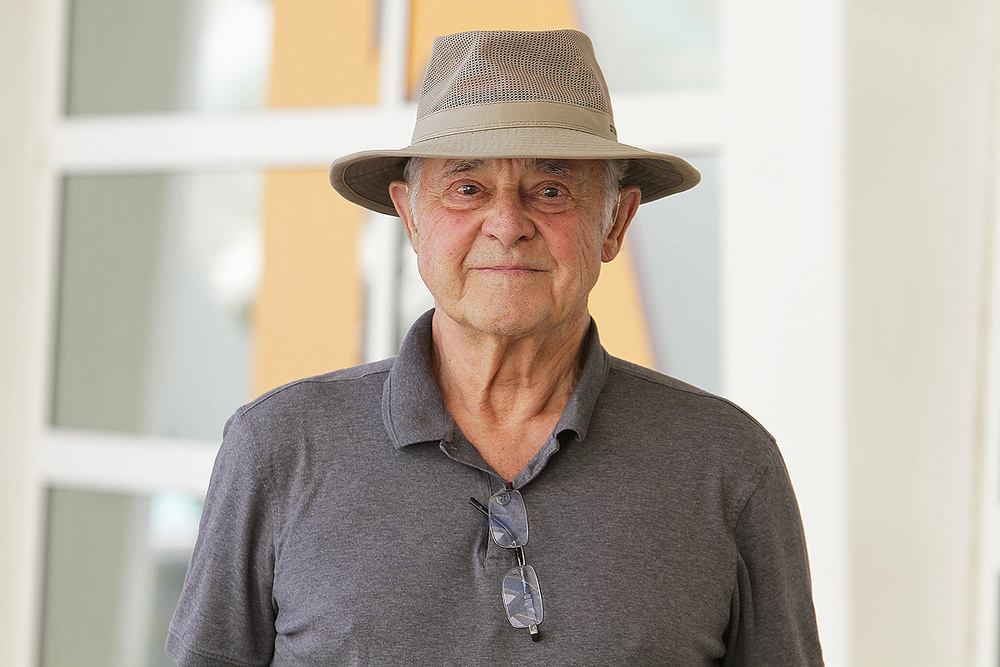Update! The lecture has been postponed 15 minutes until 14:30.
Prof. John Chowning from Stanford University, inventor of the FM sound synthesis, will give a guest lecture at NTNU 5th November.
Title: FM SYNTHESIS: 52 YEARS AND COMPOSING MUSIC FROM THE INSIDE-OUT
Date: 5th November
Time: 14:30 – 16:00
Venue: KJEL4 at Kjelhuset
Streaming: The presentation will also be streamed live here: https://youtu.be/saHu2znBKxU
Presenter: John Chowning, Professor of Music Emeritus, Stanford University
Abstract:
It was in 1957, 60 years ago, that Max Mathews at Bell Telephone Laboratories wrote the first sound synthesis program, Music I that he developed and released as Music IV in 1963. Running on mainframe computers at large institutions, the production of music was slow and costly. My naive discovery in 1967 of frequency modulation synthesis was computationally efficient, with few but perceptually salient controls, and time-varying spectra. This led to a rapid increase in music synthesized by computers. We learned much about the perception of sound as we wrapped our aural skills around the technology and discovered how to create music from fundamental units. Then in 1983, under license from Stanford University, Yamaha released its famous DX7 synthesizer. Coupled with a personal computer through the development of MIDI, computer music “hit the streets” resulting in the widespread use of computers in music production.
The presentation will include sound-synchronous animations that demonstrate my development of FM synthesis from the first experiments 50 years ago, the breakthroughs in 1971 and 1978, and a demonstration of the workings of the Voices MaxMSP patch set.
John M. Chowning grew up in Wilmington Delaware where he studied music through high school. Following military service in a Navy band and university studies at Wittenberg University, he studied composition with Nadia Boulanger in Paris for three years where for the first time he heard electroacoustic music. Aided by Max Mathews of Bell Telephone Laboratories and David Poole of Stanford, he set up a computer music program using the computer system of Stanford University’s Artificial Intelligence Laboratory in 1964. His initial research led to the first generalized sound localization algorithm implemented in a quad format in 1968. In 1967 he discovered and developed an algorithm for generating complex sounds using frequency modulation (FM). This breakthrough in the synthesis of timbres allowed a very simple yet elegant way of creating and controlling time-varying spectra. Inspired by the acoustic and perceptual research of Jean-Claude Risset in the domain of timbre, he worked toward turning this discovery into a system of musical importance, using it extensively in his compositions. In 1977 Stanford University licensed the FM synthesis patent to Yamaha in Japan, leading to the most successful family of synthesizers in the history of electronic musical instruments.
Chowning was elected to the American Academy of Arts and Sciences in 1988. The French Ministre de la Culture awarded him the Diplôme d’Officier dans l’Ordre des Arts et Lettres in 1995. Chowning taught computer-sound synthesis and composition at Stanford University’s Department of Music and was the founding director of the Center for Computer Research in Music and Acoustics (CCRMA), which continues to be one of the leading centers for computer music and related research.




